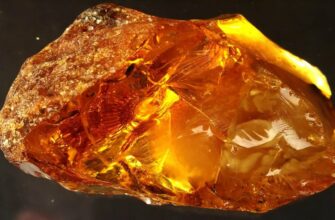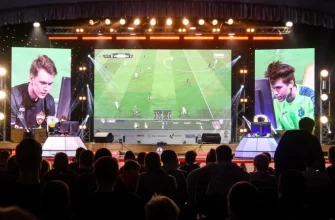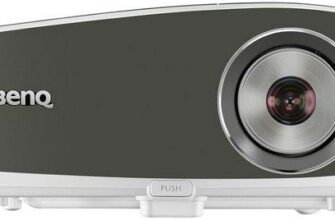older brands, who once enjoyed great popularity, but ceased to exist, We received a second life thanks to the Chinese monetary injections. Nokia, Blackberry, Alcatel, Palm - all of this is familiar to people around the age of 30 years and older. On the one hand it's great - we again have the opportunity to use devices, under the name, It has long been familiar. But in other way, do not forget, that from it only the name remains in the literal sense. In general, Palm was a difficult fate - the company did when something better in the PDA world, but as the transformation of such devices in the phone, she lost grip and did not survive the onslaught of more aggressive players. The company had several of its own operating systems: first Palm OS, and then WebOS, which LG smart TVs are currently running on. But the current Palm, owned by TCL corporation, enters into an endless series of Android-smartphone.
Palm PVG100, which is also referred to simply as Palm Phone - this is the first smartphone of the revived brand, which has long been sold in the US is enough and this year enters the Russian market. Interesting, that Verion - operator, that sells the device in the United States, positioning it as a supplement to the main smartphone and even offers a software for the synchronization of SMS-messages between devices. The basic idea, that the apparatus of this kind should help us reconsider usage habits, reduce the consumption of information and reduce the time, we spend looking at the screen. I admit at once, that this topic is very interesting to me personally, as a victim of the same overconsumption of information, but with regard to the Palm PVG100 immediately there are big doubts. What, at least you need to give this new product a chance, especially because apparently they are just very self has.
Specifications
| Palm PVG100 | Really, 3 Pro | Really, 3 | Honor 8X | Nokia 7.1 | |
| Display | 3,3 inch, IPS, 720 × 1280 (16:9), 445 ppi; capacitive multi-touch | 6,3 inch, IPS, 1080 × 2340 (19,5:9), 409 ppi; capacitive multi-touch | 6,22 inch, IPS, 720 × 1520, 270 ppi; capacitive multi-touch | 6,5 inch, IPS, 2340 × 1080 points, 396 ppi; capacitive, multitouch | 5,84 inch, IPS, 2280 × 1080 points, 432 ppi; capacitive, multitouch |
| Protective glass | Corning Gorilla Glass 3 | Corning Gorilla Glass 5 | Corning Gorilla Glass 3 | no data | Corning Gorilla Glass 3 |
| CPU | Qualcomm Snapdragon 435: eight cores (4 × Cortex-A53, frequency 1,4 GHz 4 × Cortex-A53, frequency 1,1 GHz) | Qualcomm Snapdragon 710: eight cores (2 × Kryo 360 Gold, frequency 2,2 GHz 6 × Kryo 360 Silver, frequency 1,7 GHz) | Mediatek MT6771 Helio P60: eight cores (4 × Cortex-A73, frequency 2,0 GHz 4 × Cortex-A53, frequency 2,0 GHz) | HiSilicon Kirin 710: eight cores (4 × Cortex A73, frequency 2,2 GHz + 4 × Cortex A53, frequency 1,7 GHz) | Qualcomm Snapdragon 636: eight cores (8 × Kryo 260, frequency 2,2 GHz) |
| Graphics controller | Adreno 505 | Adreno 616 | Mali-G72 MP3 | Mali-G51 MP4 | Adreno 509 |
| RAM | 3 GB | 4/6 GB | 3/4 GB | 4/6 GB | 3/4 GB |
| Flash Memory | 32 GB | 64/128 GB | 32/64 GB | 64/128 GB | 32/64 GB |
| Memory Card Support | not | microSD | microSD | microSD | microSD |
| connectors | USB Type-C | microUSB 2.0, minidjek 3,5 mm | microUSB 2.0, minidjek 3,5 mm | USB Type-C, minidjek 3,5 mm | USB Type-C |
| SIM-card | One nano-SIM | Two nano-SIM | Two nano-SIM | Two nano-SIM | Two nano-SIM |
| 2G cellular communication | GSM 850 / 900 / 1800 / 1900 MHz | GSM 850 / 900 / 1800 / 1900 MHz | GSM 850 / 900 / 1800 / 1900 MHz | GSM 850 / 900 / 1800 / 1900 MHz | GSM 850 / 900 / 1800 / 1900 MHz |
| 3G cellular communication | HSDPA 800 / 850 / 900 / 1700 / 1900 / 2100 MHz | HSDPA 800 / 850 / 900 / 1700 / 1900 / 2100 MHz | HSDPA 800 / 850 / 900 / 1700 / 1900 / 2100 MHz | HSDPA 800 / 850 / 900 / 1700 / 1900 / 2100 MHz | HSDPA 800 / 850 / 900 / 1700 / 1900 / 2100 MHz |
| Cellular Telecommunications 4G | LTE Cat. 4 (150/50 Mbit / s), ranges 2, 4, 5, 12, 13, 17, 66 | LTE Cat. 6 (300/75 Mbit / s), ranges 1, 3, 5, 8, 38, 40, 41 | LTE Cat. 12 (600/50 Mbit / s), ranges 1, 3, 5, 8, 38, 40, 41 | LTE Cat. 4 (150/50 Mbit / s), ranges 1, 3, 7, 8, 34, 38, 39, 40, 41 | LTE Cat. 6 (300/75 Mbit / s), ranges 1, 3, 5, 8, 38, 40, 41 |
| Wi-Fi | 802.11a/b/g/n 2,4/5 GHz | 802.11a / b / g / n / and 2,4/5 GHz | 802.11a/b/g/n 2,4/5 GHz | 802.11a/b/g/n 2,4/5 GHz | 802.11a / b / g / n / and |
| Bluetooth | 4.2 | 5.0 | 4.2 | 4.2 | 5.0 |
| NFC | Not | Not | Not | there is | there is |
| Navigation | GPS, A-GPS, GLONASS | GPS, A-GPS, GLONASS | GPS, A-GPS, GLONASS | GPS, A-GPS, GLONASS | GPS, A-GPS, GLONASS |
| sensors | illumination, approaching, accelerometers / gyroscopes, magnetometer (digital compass) | illumination, approaching, accelerometers / gyroscopes, magnetometer (digital compass) | illumination, approaching, accelerometers / gyroscopes, magnetometer (digital compass) | illumination, approaching, accelerometers / gyroscopes, magnetometer (digital compass) | illumination, approaching, accelerometers / gyroscopes, magnetometer (digital compass), barometr |
| The fingerprint scanner | Not | there is, behind | there is, behind | there is, behind | there is, behind |
| The main camera | single module: 12 Mn, ƒ/2,0, contrast AF, LED flash | double module: 25 Mn, ƒ/1,7 + 5 Mn, ƒ/2,4, phase detection autofocus, LED flash | double module: 48 Mn, ƒ/1,8 + 5 Mn, ƒ/2,2, phase detection autofocus, dual LED flash | double module: 20 Mn, ƒ/1,8 + 2 Mn, ƒ/2,2, phase detection autofocus, LED flash | double module: 12 Mn, ƒ/1,8 + 5 Mn, ƒ/2,4, phase detection autofocus, dual LED flash |
| Front-camera | 8 Mn, ƒ/2.0, without autofocus, without flash | 25 Mn, ƒ/2.0, without autofocus, without flash | 13 Mn, ƒ/2.0, without autofocus, without flash | 16 Mn, ƒ/2.0, autofocus, without flash | 8 Mn, ƒ/2.0, without autofocus, flash |
| Nutrition | non-removable battery: 3,04 Вт⋅ч 800 мА⋅ч, 3,8 AT) | non-removable battery: 15,39 Вт⋅ч 4045 мА⋅ч, 3,8 AT) | non-removable battery: 16 Вт⋅ч 4230 мА⋅ч, 3,8 AT) | non-removable battery: 14,25 Including (3750 mAh, 3,8 AT) | non-removable battery: 11,63 Including (3060 mAh, 3,8 AT) |
| The size | 96,6 × 50,6 × 7,4 mm | 156,8 × 74,2 × 8,3 mm | 156,1 × 75,6 × 8,3 mm | 160,4 × 76,6 × 7,8 mm | 149,7 × 71,2 × 7,99 mm |
| Weight | 62,5 g | 172 g | 175 g | 175 g | 160 g |
| enclosure protection | IP68 | Not | Not | Not | Not |
| operating system | Android 8.1 Oreo | Android 9.0 Pie, ColorOS shell 6 | Android 9.0 Pie, ColorOS shell 6 | Android 8.1 Oreo, EMUI shell | Android 8.1.0 Oreo |
| Current price | 29 990 rubles | 15 990 / 17 990 rubles | 10 990 / 12 990 rubles | from 12 290 rubles | from 16 880 rubles |
 |
 |
 |
 |
|||
|
Palm PVG100 - information about the hardware according to CPU-Z application |
||||||
design, ergonomics, software
New Palm demonstrates, how much our ideas about a comfortable screen diagonal have changed. Do you remember, what is the first iPhone, as well as the next two, came out with screens diagonal 3,5 inch? The screen was a full-touch and after push-button phones seemed in truth huge. And today I am holding the c-screen smartphone 3,3 inch (just two-tenths of an inch less, than the first iPhones) and it seems, that with such a diagonal, life generally loses all meaning. Although the idea of the creators of the device it should be exactly the opposite - a new sense of life is to find due to the fact, that the smartphone will have less of it to divert. At least this idea anyway present in almost all publications on this smartphone on the network. In my opinion, this idea is frankly exaggerated, if not far-fetched.
Palm PVG100 compared to iPhone X
However, we must pay tribute - from the outside, Palm PVG100 looks very cool, he attracts attention, and for some reason people are very friendly to him by default. Nobody believes right away, that is so cute gadget can be uncomfortable, expensive or even meaningless. It seems to me, in this perception it has something in common with the, as people try to justify any nursery nonsense phrase "well,, he is a little ". properly, all the features of Palm PVG100 and stem from the, it's small. But let us first about the good.
Palm PVG100 compared to iPhone X
first, it should be noted - it is good materials and high quality of execution. Frame aluminum body, screen and back panel are protected by glass Gorilla Glass 3. Visually Palm PVG100 strongly resembles iPhone X, however, neither of which cloning of the question - as a compact device is very difficult to call a clone of anything. Yes, the photos look like, but life is perceived quite differently.
But what sort of kid, I did not expect - this is to protect against dust and moisture. It turned, that the housing Palm PVG100 protected under the standard IP68, which means, that it can be submerged to a depth of one meter and it is easy to continue to work there for half an hour.
On its body is only one mechanical button - a power button on the right side, provided with additional functions. Her long press a context menu, from which, eg, you can make a screenshot. Or turn off / reboot the smartphone. There were no keys to control the volume on the case - you can adjust the volume only with the slider under the top curtain. That is, during a conversation, you will have to interrupt., to make it louder - so-so decision, in my opinion.
There was no minijack on the case either, there is only one physical connector - this is USB Type-C at the bottom. So that wired headphones can be connected to it if desired. Well, since we are already talking about the arrangement of the elements, I stress, that on the left side there is not only the volume keys, but there is nothing at all. At the top is barely noticeable hole auxiliary microphone (it monitors the level of external noise and provides job shumodava embedded in conversation mode). A slot for a SIM-card format nano is right, a single hardware button below.
tray miniature, it fits only one operator card. For the second literally no place, as well as memory card. That is, I'm not in vain mentioned that, many features (read – limitations) due precisely miniature smartphone.
Next shortage - a fingerprint scanner. Theoretically it could be built into the screen, but Palm PVG100 none at all. Instead, quick release, you can use face detection combined with the traditional PIN code. true, only works in the daytime - in the dark, and even in the evening twilight has to enter a password. The only advantage, perhaps, It can be called, that the position of the smartphone does not play a special role - the face is recognized even if you hold it horizontally. So here, take this opportunity to, gotta say hello to Apple and Face ID.
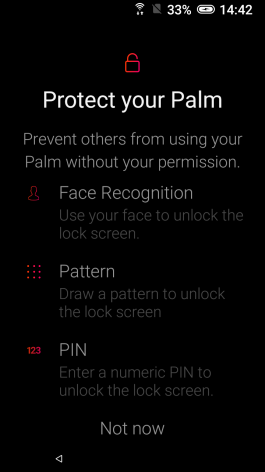 |
 |
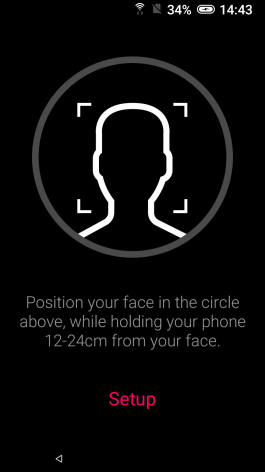 |
||
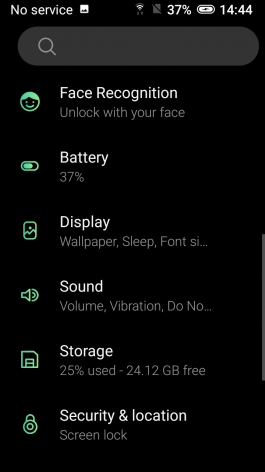 |
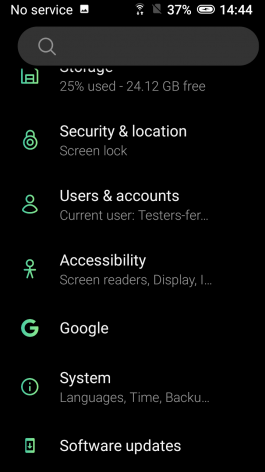 |
In the role of the operating system uses Android 8 (Oreo) with laconic and minimalist launcher. Standard operating system interface could not have been easy to work on such a small screen, so the chosen solution looks logical. The list of icons is somewhat reminiscent of the Apple Watch, except that scrolling here is not possible in all directions - there are not many default applications, there is nothing superfluous.
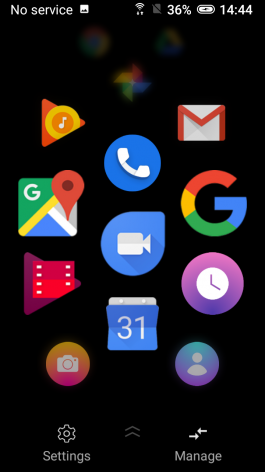 |
 |
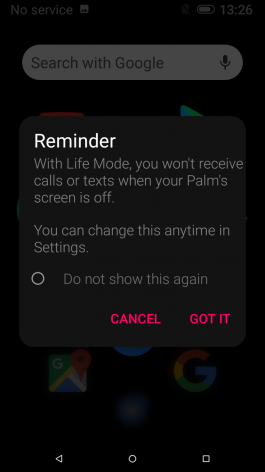 |
||
 |
 |
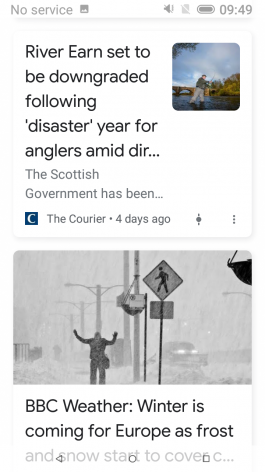 |
A logical question - are there any restrictions on the use of third-party applications or games? Not, nothing of the kind was noticed during testing. Browsers are working as expected, applications open, even in the game can be played. The only thing, that causes discomfort - is a set of text. The keyboard is too small, fall on individual letters is difficult. And if in the SMS-kah or messengers, you can count on AutoCorrect, then enter a complex password for the Wi-Fi network on the first try it would be difficult.
Source 3dNevs


